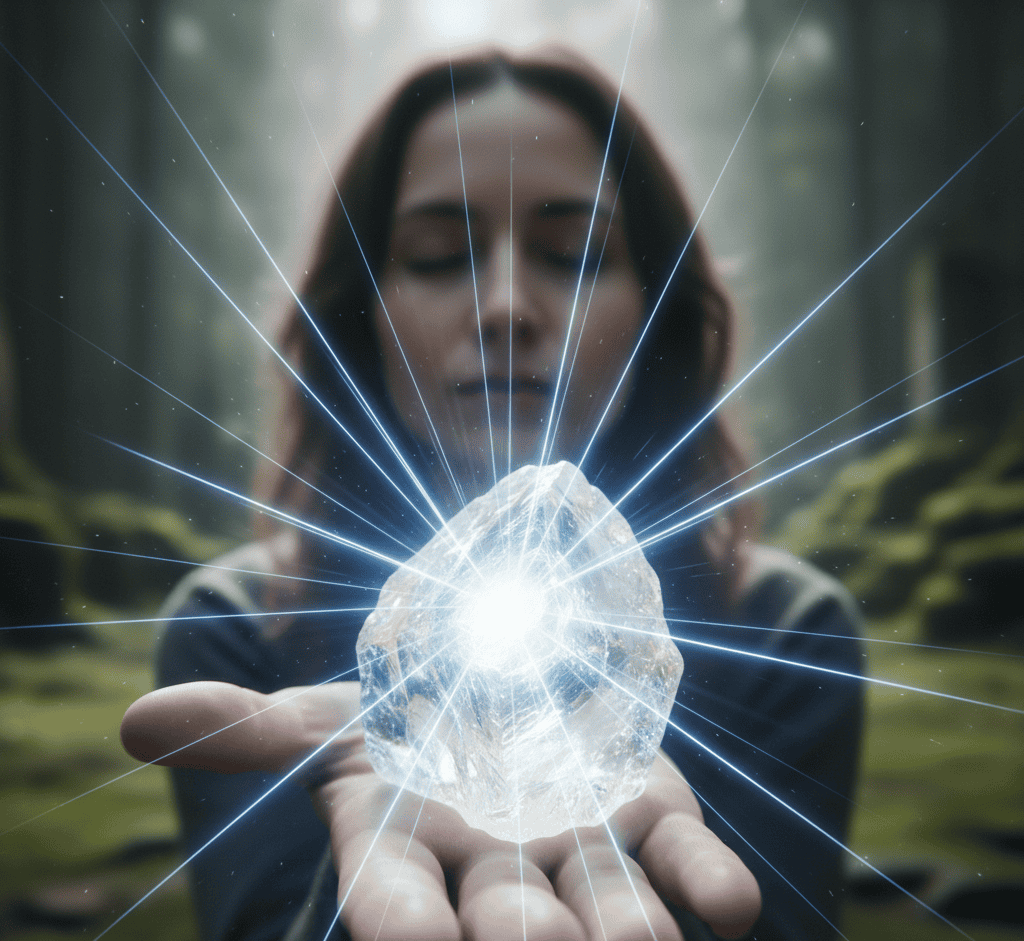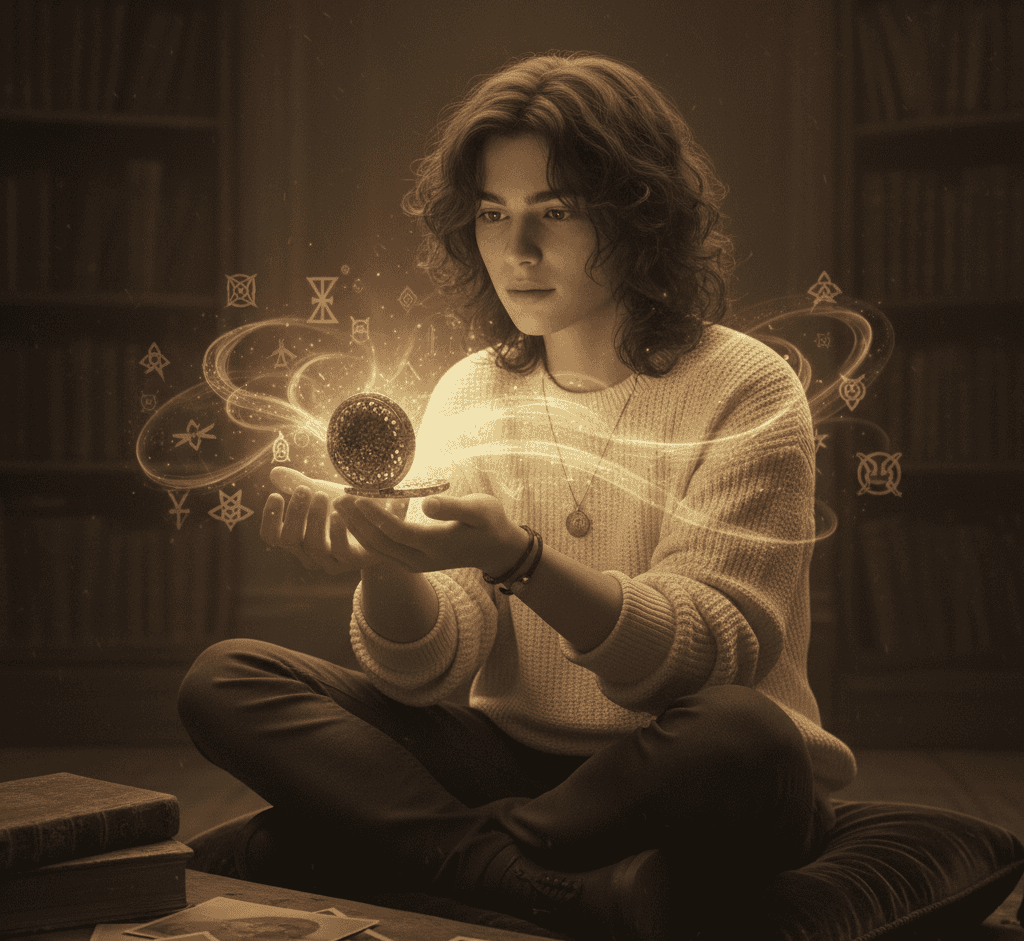For centuries, humans have been fascinated by the idea that energy is not just something we feel, but something we can leave behind.
Some cultures and traditions believe that certain objects can absorb, hold, and even transmit a person’s energy long after they have moved on.
From ancient talismans to modern keepsakes, these items are said to carry the essence of the individual, influencing emotions, luck, and even health.
They can be comforting, mysterious, or unsettling, depending on who possesses them and how they are used.
1. Stones and Crystals as Energy Containers
Crystals and stones are among the most widely recognized objects believed to hold energy.
In many traditions, gemstones are thought to capture spiritual vibrations, memories, or intentions of those who carry or touch them.
For example, quartz is often described as amplifying personal energy, while obsidian may absorb negativity.
Shamans and healers use stones in rituals to transfer energy, cleanse spaces, or protect individuals from harm.
People often choose stones intuitively, feeling drawn to one as if it resonates with their inner state.
Some wear them as jewelry, keep them in their homes, or carry them in pockets, believing that their energy strengthens emotional balance or spiritual focus.
While skeptics view these beliefs as symbolic, those who practice energy work swear by the subtle changes these stones can create.
2. Clothing, Jewelry, and Personal Effects
Objects that are worn daily, such as clothing, jewelry, or accessories, are also thought to retain energy.
For example, a ring worn over many years might carry the personality of its owner, especially if it has sentimental value.
Similarly, a favorite shirt or scarf can reflect moods, intentions, or memories of the wearer.
These objects are considered more than mere possessions. They become extensions of the individual, linking them to the physical and spiritual world.
In some cultures, objects like wedding rings, amulets, or family heirlooms are believed to pass on traits or protective energy from one generation to the next.
Some people even use personal items in rituals to strengthen bonds, communicate with spirits, or influence circumstances, believing the energy in the item can be directed toward a specific purpose.
3. Photographs and Written Words
Beyond physical items, representations of a person, such as photographs, letters, or diaries, are said to hold traces of energy.
A photograph may capture not just an image, but a resonance of the subject’s mood or aura at the time it was taken.
Written words can preserve intention or emotion, particularly when they are heartfelt or intense.
This belief is central to some spiritual practices, where writing a wish, prayer, or intention down can empower it, as the object literally holds the person’s energy.
Similarly, old letters between loved ones are treasured for more than nostalgia. They are thought to contain echoes of the writer’s essence.
Even modern items, like recorded voices or digital images, can be considered carriers of energy by those who feel the technology can preserve human vibrations.
4. Ritual Objects and Tools
In magical or spiritual traditions, tools such as wands, talismans, amulets, or ceremonial items are believed to hold energy by design.
They are often charged through rituals, meditation, or intention, acting as conduits for the energy of their creator or user.
For example, a talisman may be imbued with protection spells, healing intentions, or love charms, storing the concentrated focus of the practitioner for later use.
These objects are rarely thought to work on their own. They rely on the relationship between the item and the person.
Some practitioners believe that an object’s effectiveness can increase over time as more energy is invested, while neglect or misuse can diminish its power.
The concept emphasizes a partnership between the individual and the item, suggesting that energy is a living force that responds to attention and intention.
5. Everyday Objects That May Hold Energy
Even mundane items, like keys, cups, or furniture, are sometimes thought to hold energy from people who frequently use them.
A chair, for instance, may retain the calm or agitation of its sitter, while a frequently used pen could absorb the emotions of its writer.
Collectors of antiques or inherited objects often report a feeling of presence or connection, as if the person who owned it before is still partly there.
Some traditions caution against acquiring second-hand objects without cleansing them, warning that they could carry negative or residual energy from previous owners.
Others embrace these objects as carriers of wisdom or inspiration, valuing the energy embedded in their use.
The key idea is that energy is transferable and persistent, lingering in both extraordinary and ordinary objects alike.
6. Understanding and Respecting Energy in Objects
Whether you view these beliefs as literal truth or symbolic metaphors, the idea that objects can hold energy encourages mindfulness.
Handling items with intention, gratitude, or respect is a practice shared across cultures.
People who work with energy believe that objects can amplify focus, influence emotions, or preserve memories, reminding us that human presence leaves traces beyond the immediate and visible.
Objects imbued with energy serve as reminders of connection to people, moments, and intentions.
They may be silent and ordinary to the untrained eye, yet for those who believe, they are alive with echoes of human experience.
They remind us that energy is not confined to the body or the mind; it can be stored, carried, and passed along, lingering in unexpected places long after the person who created it has gone.

I always felt a strong connection to the Divine since my birth. As an author and mentor, my mission is to help others find love, happiness, and inner strength in the darkest of times.







